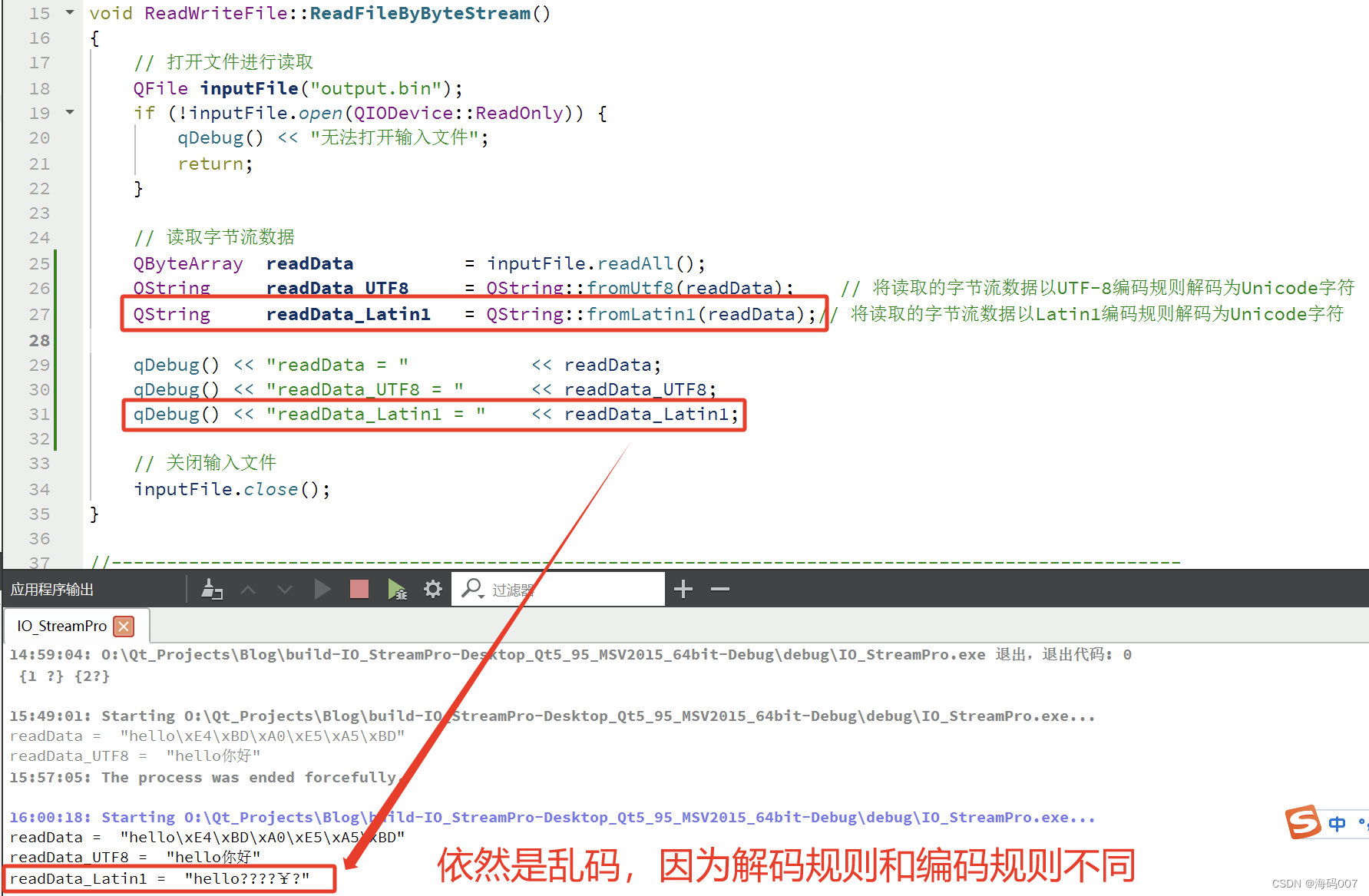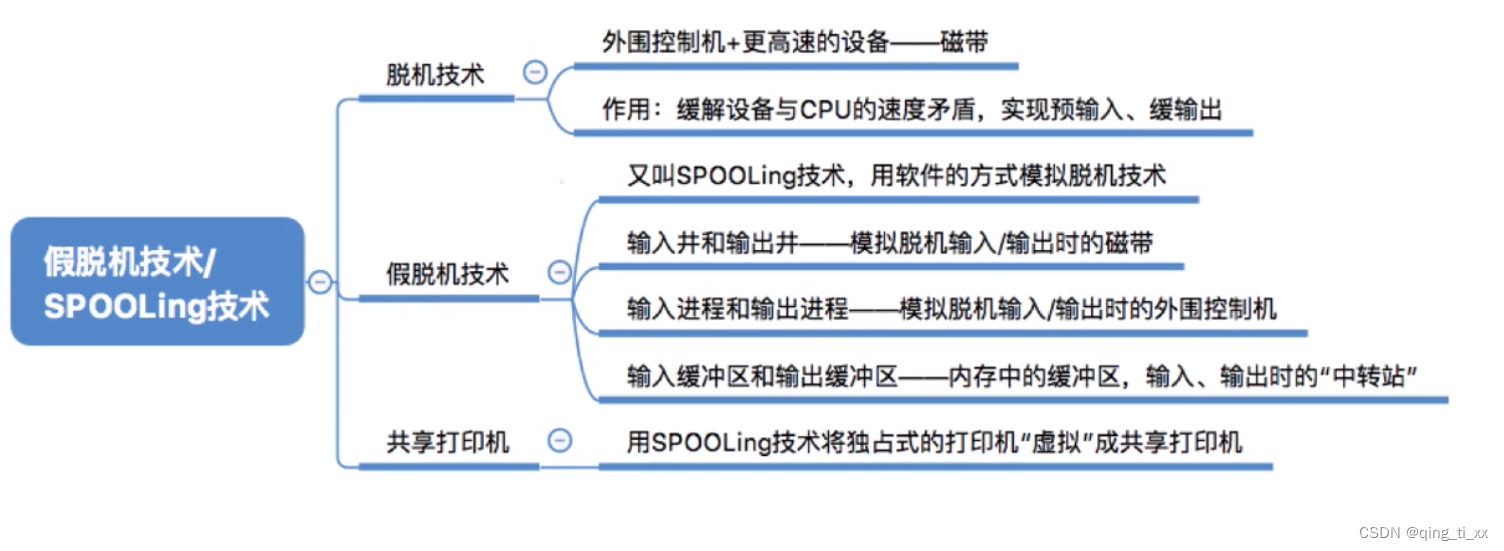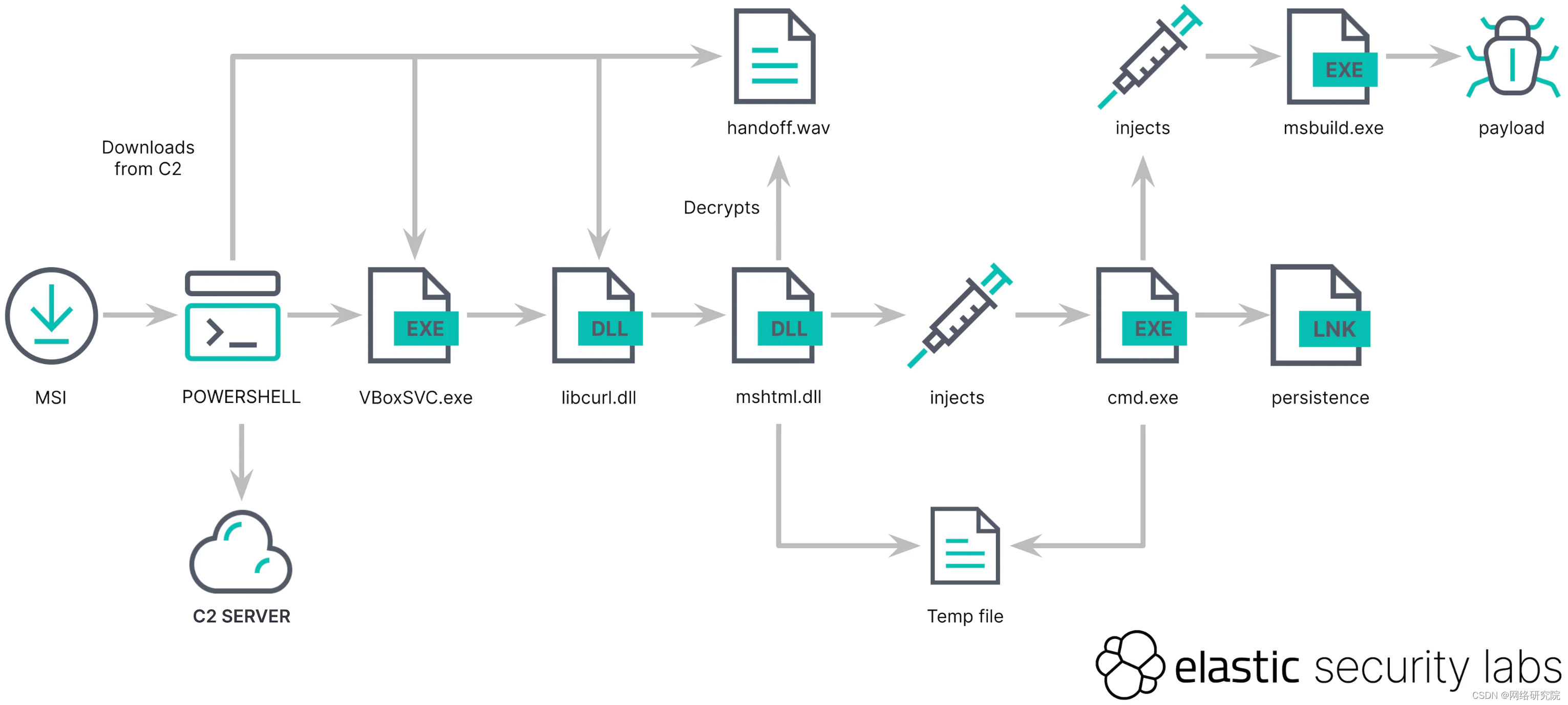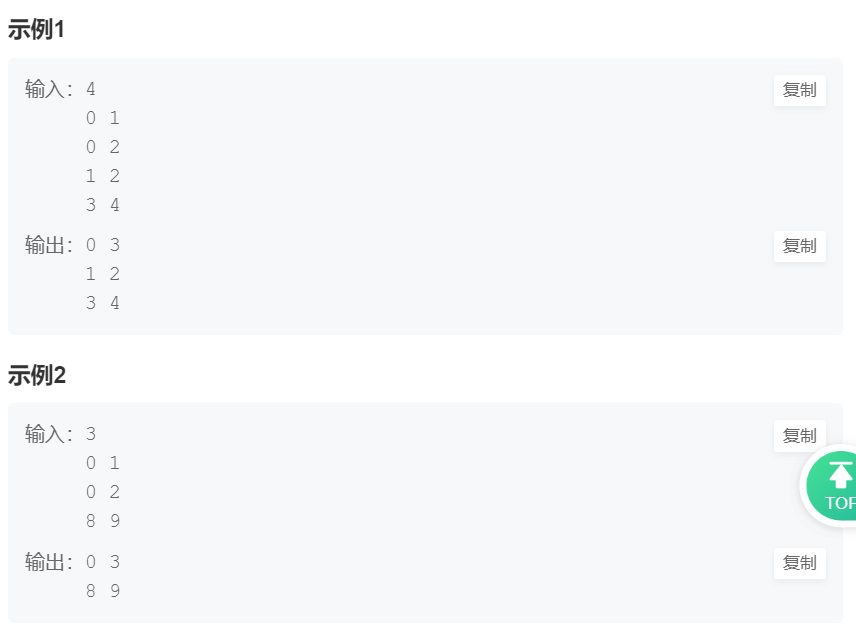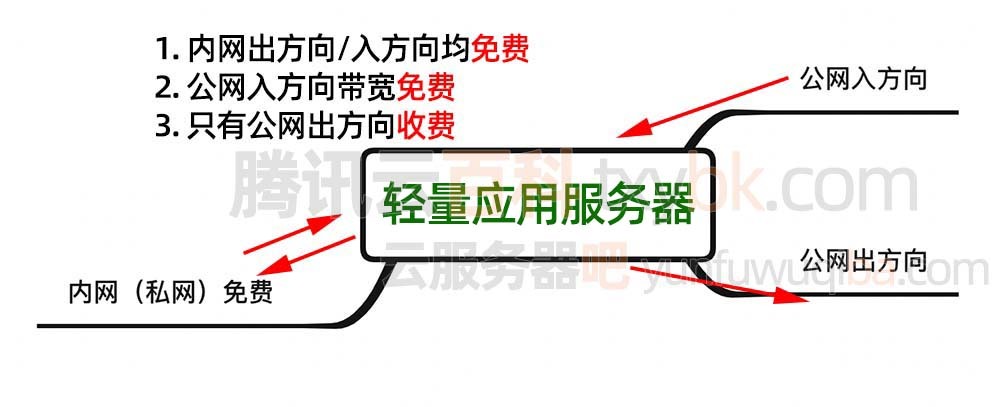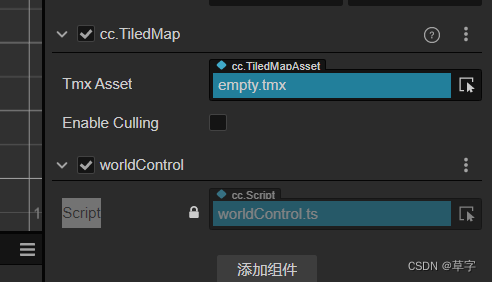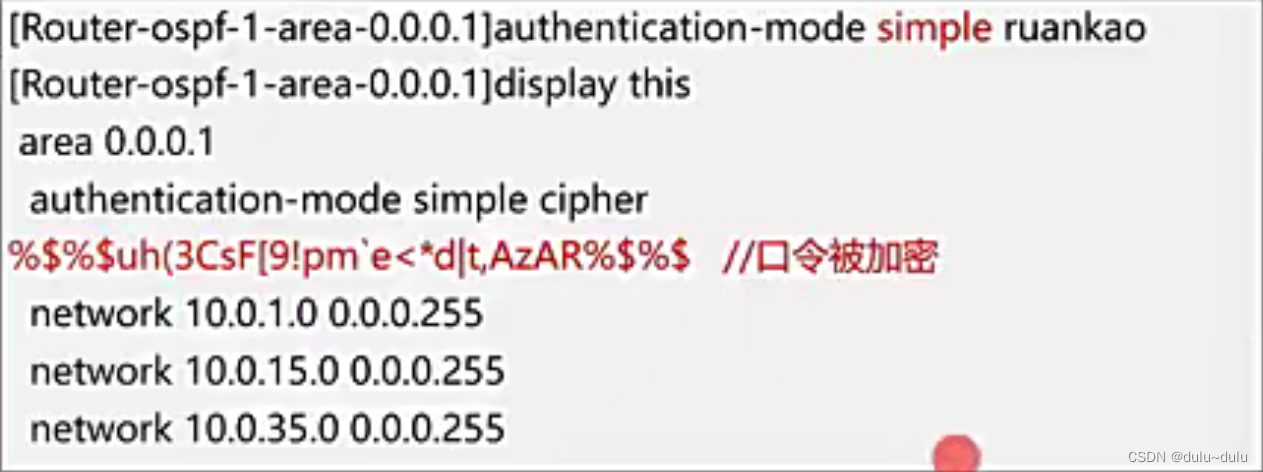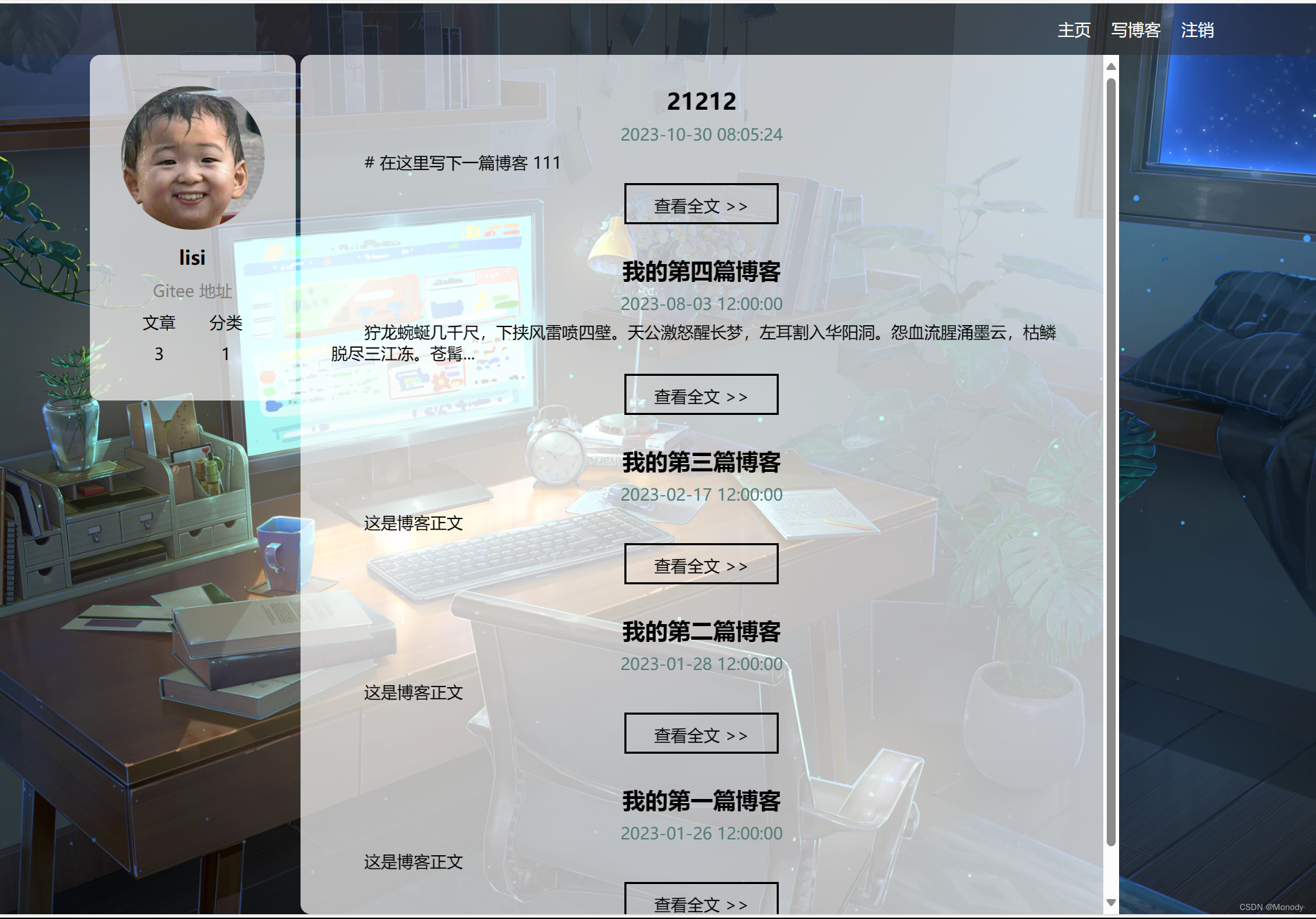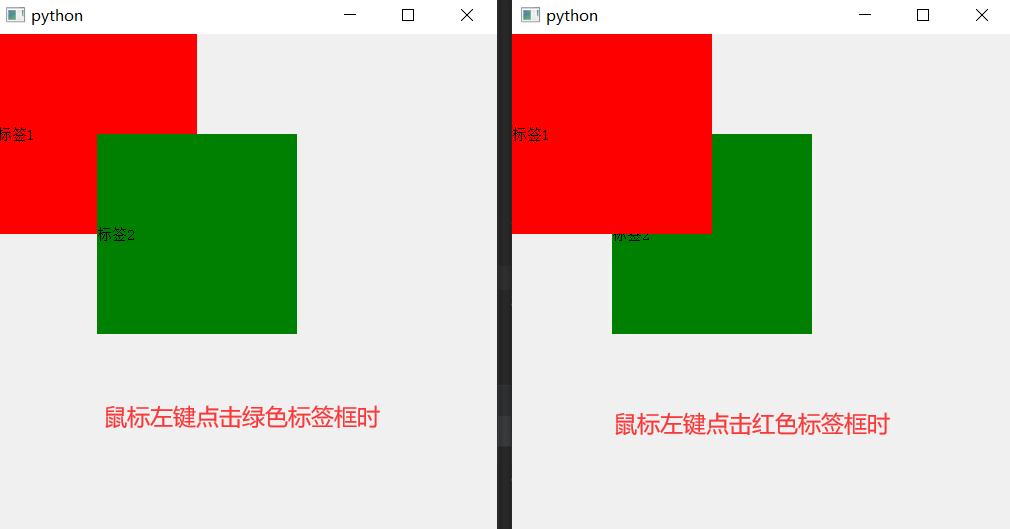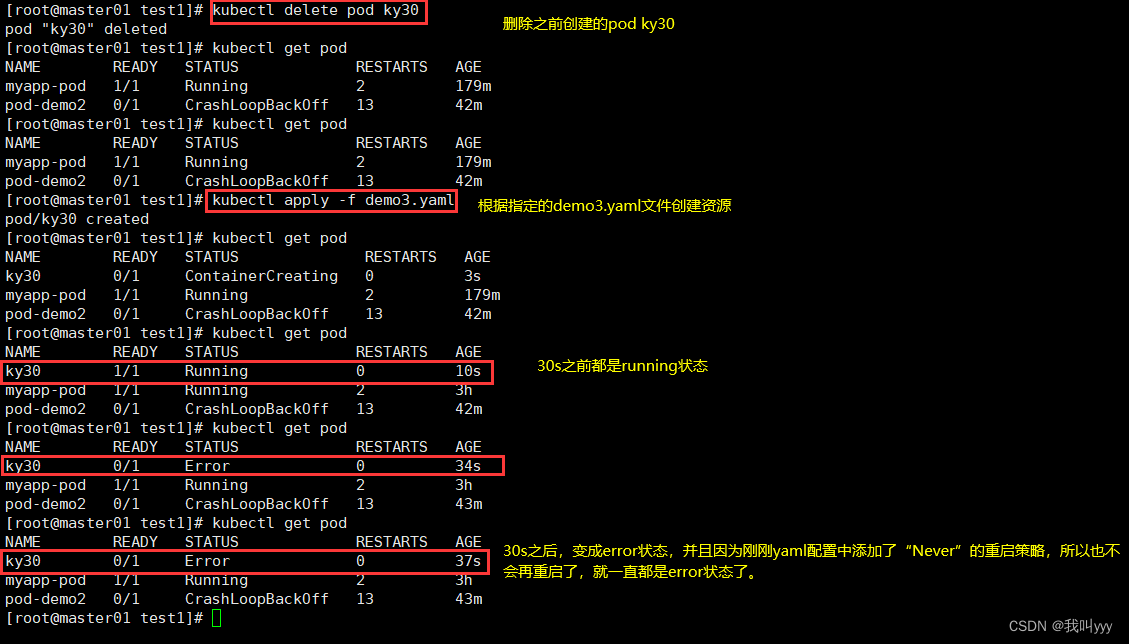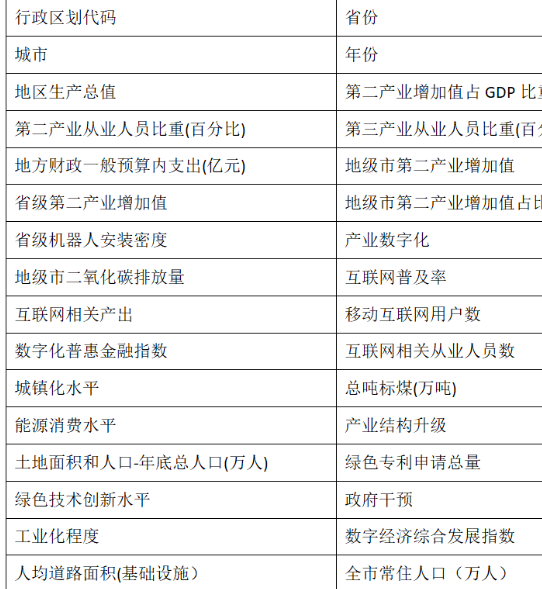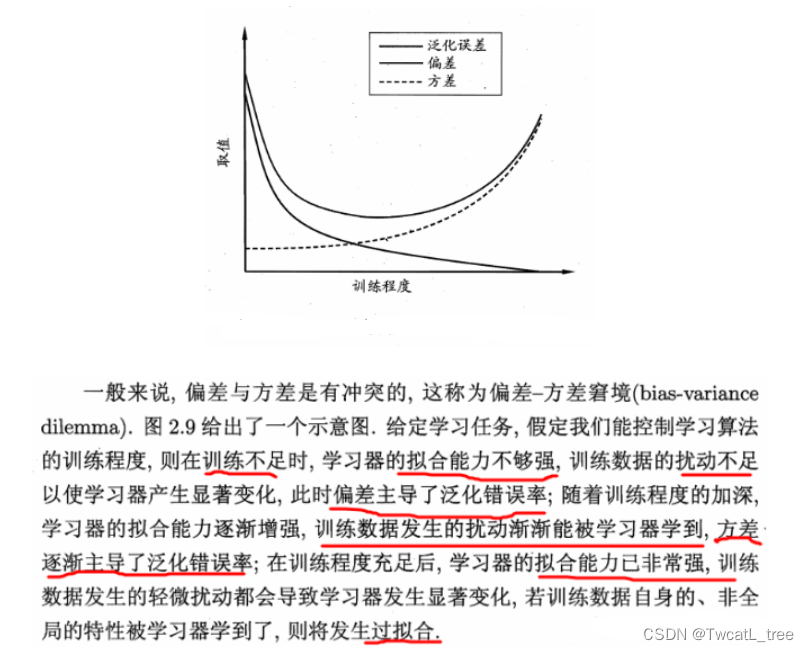一、简介
适配器模式是用来做适配的,它将不兼容的接口转换为可兼容的接口,让原本由于接口不兼容而不能一起工作的类可以一起工作。
适配器模式角色:
- 请求者client:调用服务的角色
- 目标Target:定义了Client要使用的功能
- 转换对象Adaptee:需要被适配器转换的对象
- 适配器Adapter:实现转换功能的对象
二、分类
有类适配器和对象适配器两种,前者用继承实现,后者用组合实现。
1. 类适配器
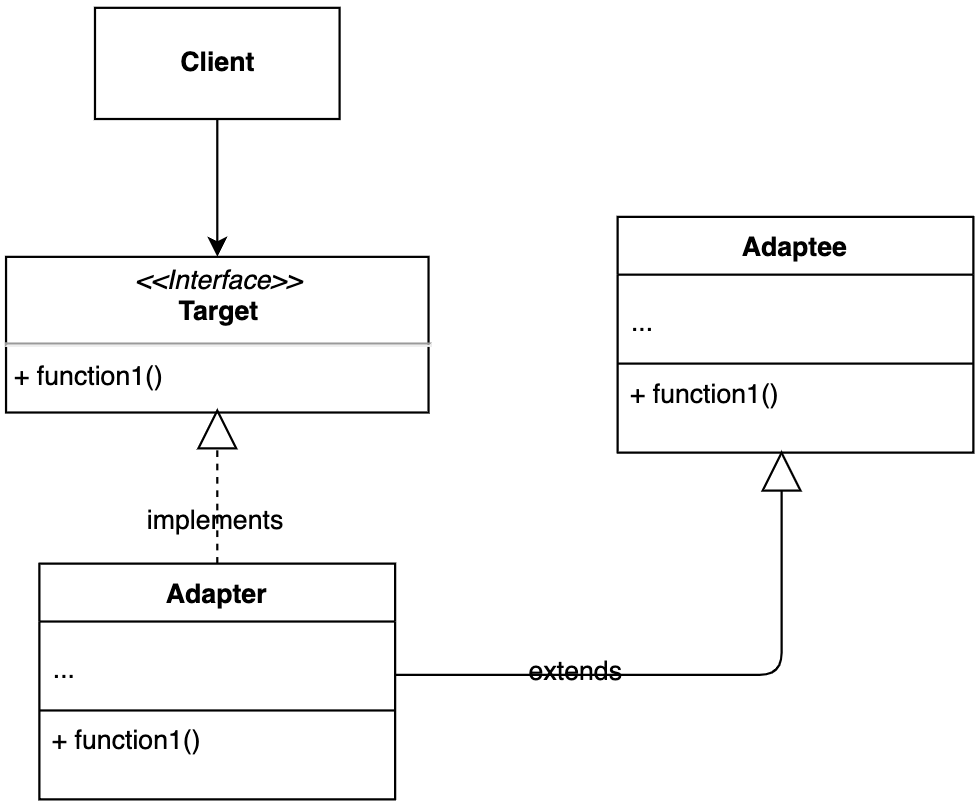
适配器的作用是将Adaptee中的方法都转为Target接口中的方法,而适配器类Adapter继承Adaptee,实现Target接口。
type target interface{} {
func1()
func2()
}
type Adaptee struct {
}
func (*Adaptee) fa() {
}
func (*Adaptee) fb() {
}
type Adapter struct {
Adaptee
}
func (*Adapter) func1() {
fa()
}
2. 对象适配器
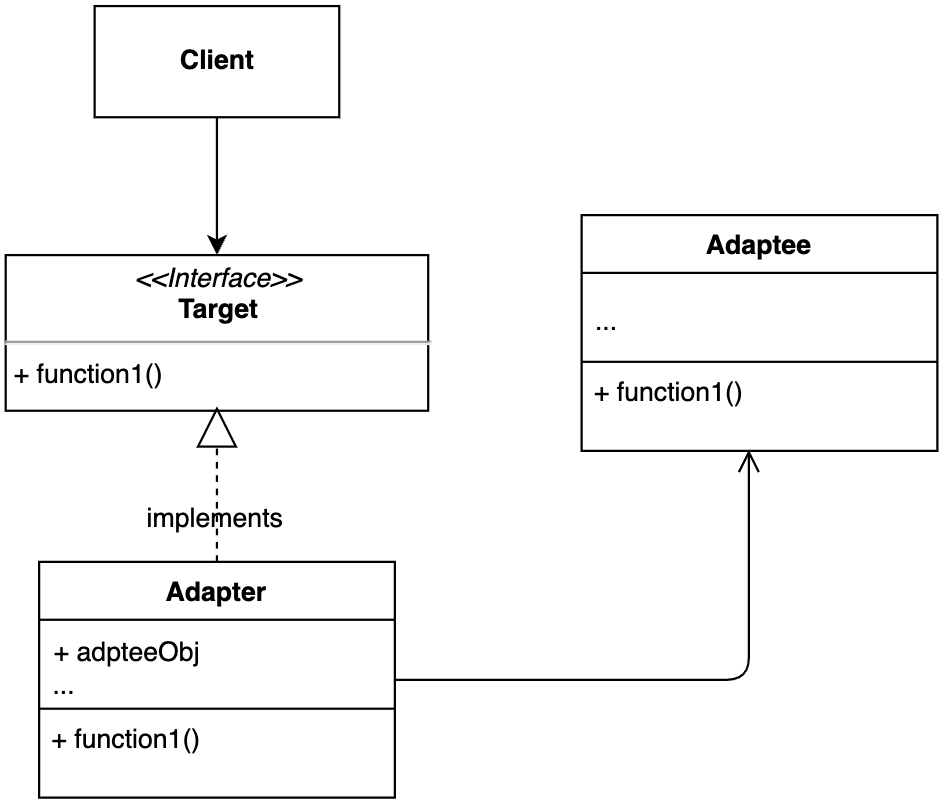
跟类适配器类似,唯一的不同在于适配器Adapter对于Adaptee是组合关系,而不是继承。
type target interface{} {
func1()
func2()
}
type Adaptee struct {
}
func (*Adaptee) fa() {
}
func (*Adaptee) fb() {
}
type Adapter struct {
adptee Adaptee
}
func (*Adapter) func1() {
adptee.fa()
}
func (*Adapter) func2() {
adptee.fb()
}
三、使用场景
1. 类适配器和对象适配器的选择
类适配器和对象适配器选用哪个,主要看Adaptee的接口个数,以及Adaptee和Target的契合程度。
- 如果Adaptee的接口不多,选哪个都可以;
- 如果Adaptee的接口很多
- 如果Adaptee和Target的接口定义大多相同,则推荐使用类适配器,减少开发量。
- 如果Adaptee和Target的接口定义大多不同,则推荐使用对象适配器,代码可以更灵活。
2. 适用场景
- 封装有缺陷的接口设计
- 统一多个类的接口设计
- 替换依赖的外部系统
- 兼容老版本接口
- 适配不同格式的数据

